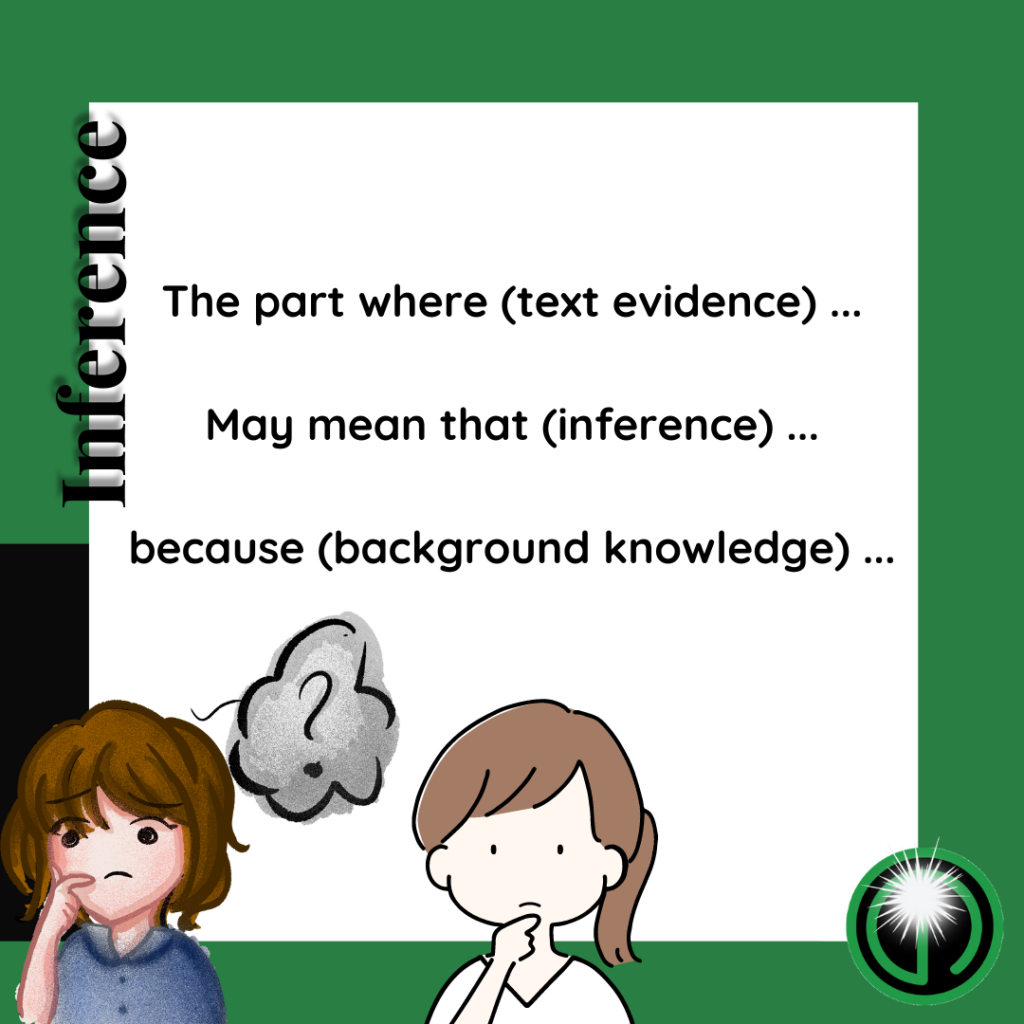
Why I Picked It Up
What’s not to love about misguided princesses and pineapples? Honestly, I had to read the book after hearing about it on a blog. In this book, a little girl is convinced she is a princess and intends to prove it. This sounded like an excellent book for adults and kids alike.
Why I Finished It
All the while, I was smiling. Princess Pineapple is fierce and sassy which makes her absolutely adorable. Despite her declaration that she is aware of her princess title, she must make sure others are aware as well. So she creates a pineapple crown and is immediately greeted by her new subjects … flies! From this point on, the story unfolds and just when you think you’ve figured it out, you haven’t!
Who I Would Give It To
I can’t wait to bring this delightful book to my elementary students. I know they will love it as much as I did!
Integration Ideas
STEAM – Engineering Design
Granted, Princess Pineapple is not using the design process to cure cancer or end global hunger, but she did go through the process to create the tools she needed to be a princess. This book can be used as a model to talk through the process with students. Of course, have them identify a problem and design something themselves!
In the story, Princess Pineapple (1) identified the problem that people didn’t realize she was a princess. After a quick (2) brainstorming session, she figured what she needed was a crown. She quickly glanced around her space to consider different (3) designs for her crown. Next, she (4) built, tested, evaluated, and altered her crown by carving out the pineapple to create the right shape, put it on, and evaluated whether people now understood her position, she realized the pineapple was not the right object to have created the crown, so she altered her plan. Finally, she (5) presented it to find new subjects.

Social Studies – Rules, Responsibility, Government
In the beginning, Princess Pineapple is not super impressed with having to follow rules. Students can brainstorm rules for school and home. Make sure to discuss WHY the rules are important. A great pairing book for this is What If Everyone Did That? This will begin the conversation of responsibility. What is our responsibility as citizens in terms of rules? In other words, if the rule is to be prepared, what is our responsibility? The students must be responsible for bringing pencils, paper, and homework to class each day.
After reading this story, ask students how the rules and responsibilities are different for princesses (or government officials in your area). Who makes the rules? Why are there rules? How does government guide us, regular citizens?
Vocabulary, Morphemes, and Spelling
Multiple Meaning Words: in the English language (and perhaps others) there are many words that hold different meanings. Some words in the dictionary can have upwards of 10 different meanings. Imagine how difficult this could be for English learners! Even our native speakers will find a word in math that has one meaning and in English class, it has another (i.e. table). To help students solidify the different meanings, have students create an AppSmash. Have students take a picture of the meaning of the word, use a Chatterpix App to make it talk and voice its meaning, then stream the two different Chatterpix files together. You can show the streamed video over and over again! The multiple-meaning word in this text is SUBJECTS. Most students will know this as subjects they learn at school, but in this text, it refers to people under someone’s control.
Morphemes and Syllables: students need to be taught how to break up multisyllabic words into syllables in order to pronounce them correctly. Then students need to learn the meaning of word parts to help them understand the word. (Syllable Types posters)
unstoppable – un/stop/pa/ble: closed/closed/open/le. Un means “lack of”
imprison – im/pris/on: closed/closed/closed. Im means when in front of a word that begins with ‘m’ or ‘p’ “in, into, towards, or within”
execute – ex/e/cute: closed/open/VCE. Ex means “out of, completely”
rebellion – re/bel/lion:open/closed/vowel team. re means “again, or opposite/against)
Making Inferences
Making inferences is crucial to students’ comprehension, but as we all know too well, it can feel impossible to teach! This book has plenty of places for students to consider what the text is saying through inferences. Recently I started using the sentence stems:

A few examples from the book are:
- She wants to be a princess may mean that she wants to be in charge because she doesn’t like following rules.
- Princess Pineapple thinks her subjects are demanding may mean that she is changing her mind about being royalty because her subjects are becoming annoying.
Some other places inferences can be made are:
- Why the flies are her subjects
- Why she is not compassionate
- Why she never wanted to be a princess anyway.
How will you use this book?






Leave a Reply